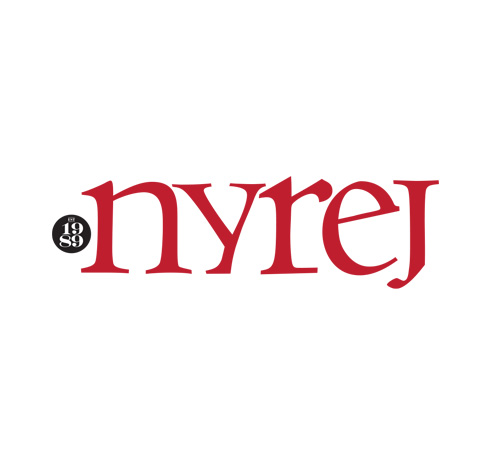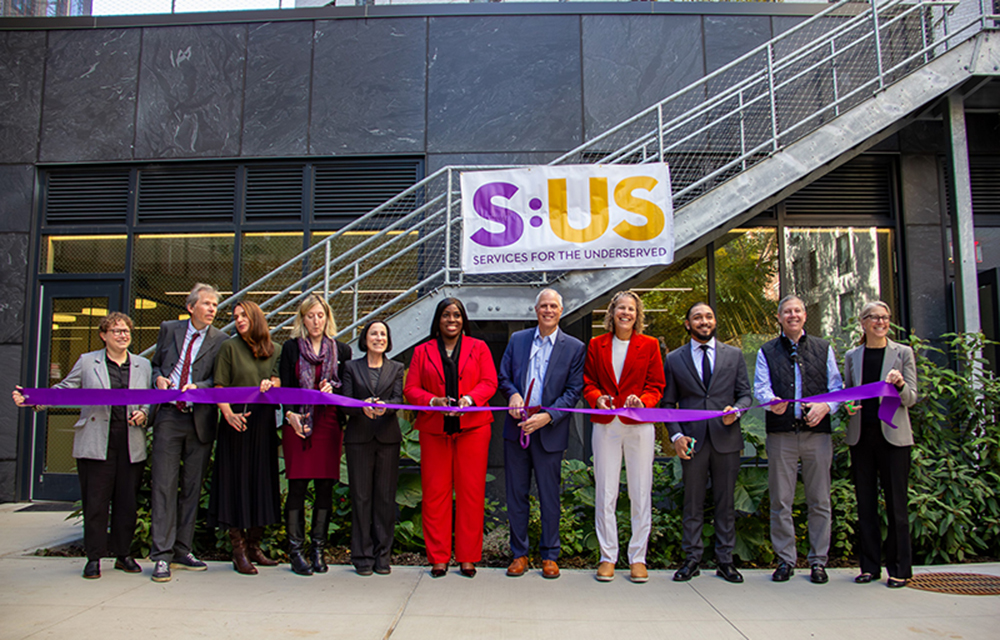Making sure good deeds go unpunished - by Patricia Harris

During the last year, the focus on racial and economic inequality issues has led many design professional firms to initiate or increase the contributions of their people, resources and talents to pro bono projects. While architects and engineers are in a unique position to provide meaningful and tangible services, particularly with respect to physical spaces, the good intent behind such projects will not shield a firm from potential liability. In particular, it is important to consider risk management and licensing issues before embarking on a pro bono project.
Risk Management
Whether or not a firm enters into a contract to deliver services in the context of a pro bono project, it is important to consider potential risks from all angles. For example, will the firm’s professional liability insurance cover projects or end-users that may be considered atypical compared to the business’ ordinary services? Kriton Pantelides, vice president-professional services of Risk Strategies, advises, “Any claim or even the knowledge that the firm is providing riskier professional services in some material volume will likely trigger a re-underwriting process upon renewal and ultimately increase the firm’s insurance rates. There can be a general perception among underwriters that pro bono services are performed informally and in the context of intimate, secure relationships an A&E firm would not expect to sour. As such, performing a large number of pro bono projects may be viewed more dimly than many A&E firms would expect. Therefore, A&E firms should always have the proper risk-management protocols in place and work closely with their broker to highlight same to A&E underwriters, strive to meet the standard of care under all circumstances, and be especially vigilant in maintaining loss control procedures and best practices when performing atypical and/or pro bono professional services.”
If firm personnel are engaged in projects that involve physical service and someone is injured, will workers’ compensation cover a claim? Pantelides states, “The general rule is yes. An A&E firm’s workers’ compensation policy will cover its employees injured while performing pro bono professional services on behalf of the firm; whether the A&E firm itself is receiving remuneration is irrelevant. However, whether someone is considered an employee and whether an injury arose out of the scope of employment will in many instances require a case-by-case analysis of the specific facts and a review of the particular state’s workers’ compensation law.” If a firm is entering into a contract for pro bono services, the client may be amenable to modifying certain standard provisions like indemnification provisions.
Numerous design professional firms have become “makers” of products over the last year, from PPE to furniture. In these cases, the significant risks will typically shift from professional to product liability. In cases where a firm’s pro bono projects are not design services at all, consider whether it would be appropriate to form a business entity wholly separate from the design firm to deliver such projects. The separate business entity should serve to segregate any potential liability from the design firm, but it must be operated as a separate business, observing all “corporate formalities” and carry insurance in its own name.
Many states have Good Samaritan laws that operate to protect design professionals for emergency services provided as a result of a natural disaster or some other emergency. However, most of these laws relate specifically to services provided during times of crises and will not shield design professionals who are delivering pro bono services.
Licensing Issues
The licensing laws of the state in which a project is located govern the project. The underpinning of any state’s licensing rules and regulations is to protect the health, safety and welfare of the users of its built environment and, to that end, a pro bono project will not be viewed any differently than a firm’s regular for-profit activities.
Before a firm delivers architecture or engineering services in a particular state, the firm should ensure it has an in-state licensed professional overseeing the work and that it has complied with any business-level licensing requirements.
If a firm is considering forming a non-profit business entity for delivery of services, it should be noted that many licensing boards will not authorize non-profit entities because they cannot comply with certain ownership or management rules required for business-level licensing. However, there are options available to design professional firms that allow them to use an affiliated foundation or non-profit entity to undertake the non-profit work while adhering to applicable laws and regulations. According to Rob Brewer, architecture and engineering practice leader at Grassi & Co., “Design firms that have significant or ongoing pro bono projects often organize a charitable foundation and they are able to book the costs of pro bono services as an in-kind contribution to the foundation.”
Community support and other pro bono projects can be important to a firm’s culture, its employees and, of course, the beneficiaries of the work but, without thoughtful planning, such good works can do more harm than good.
Patricia Harris, Esq. is special counsel to Zetlin & De Chiara LLP and founder and CEO of LicenseSure LLC, New York, N.Y.
Troutbrook expands with boutique condo project and Marriott Fairfield Inn & Suites renovation








.gif)
.jpg)
.gif)
.gif)